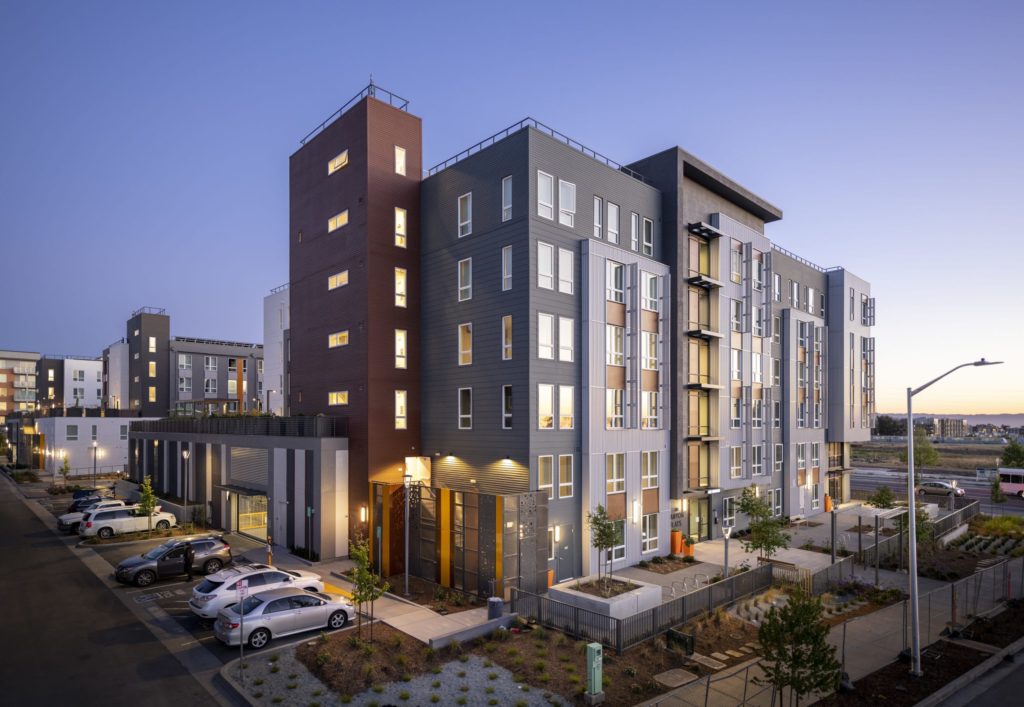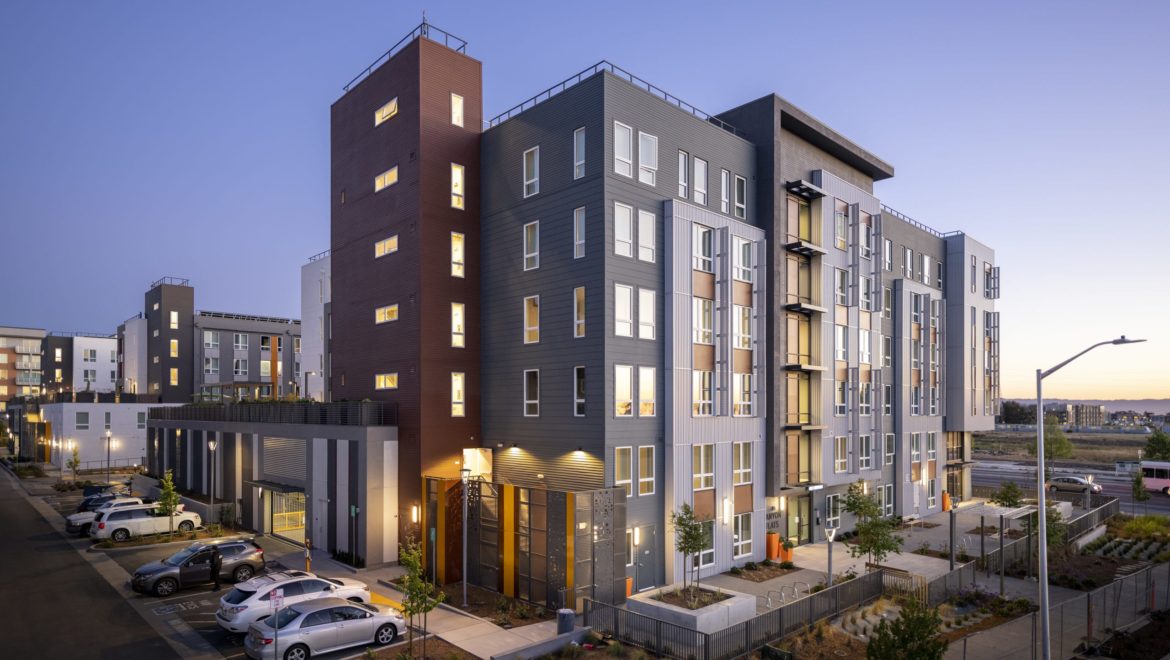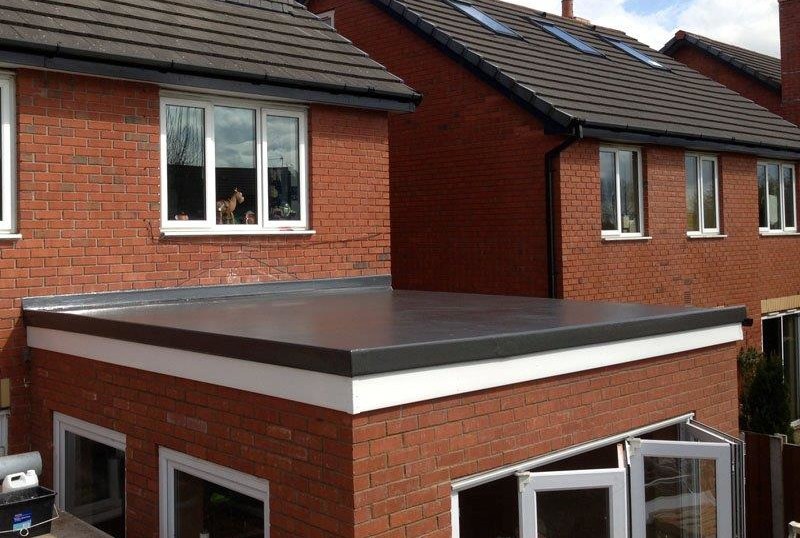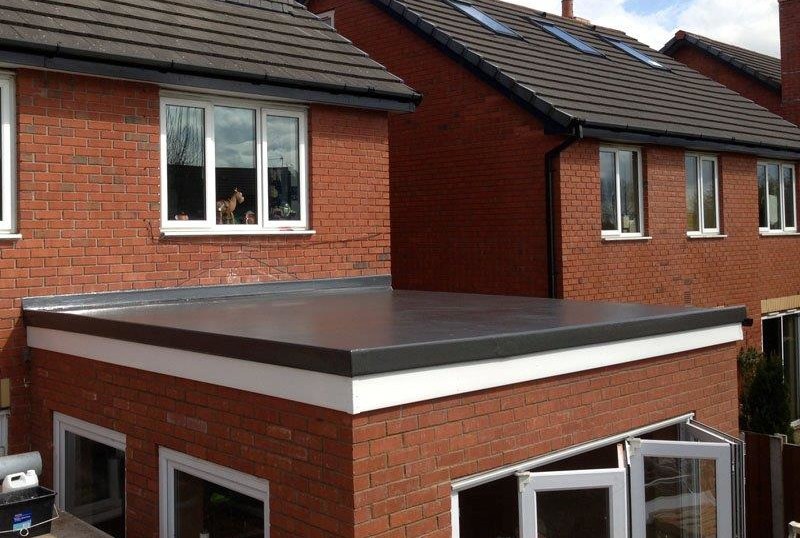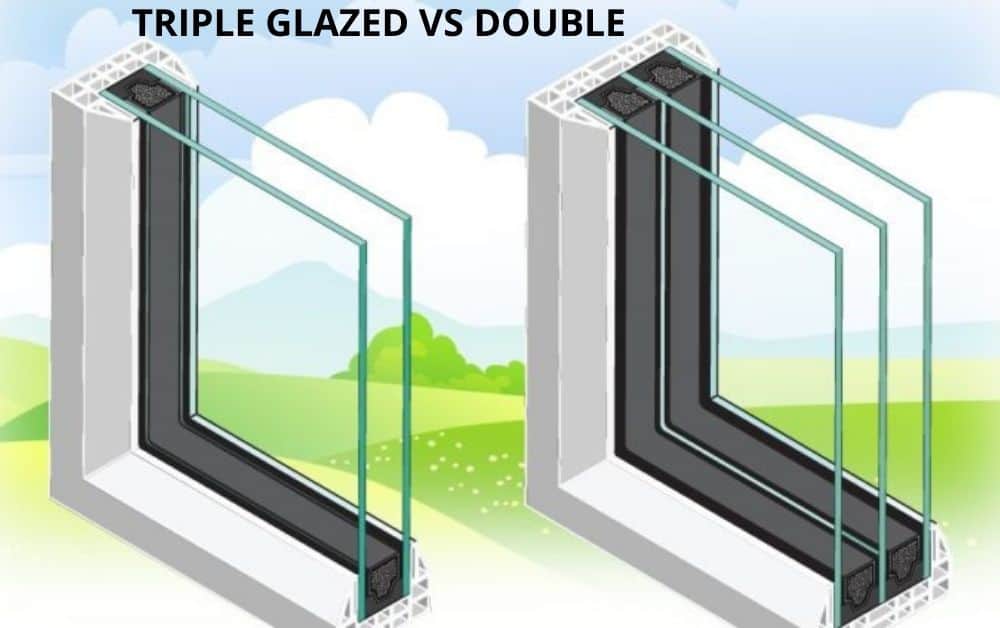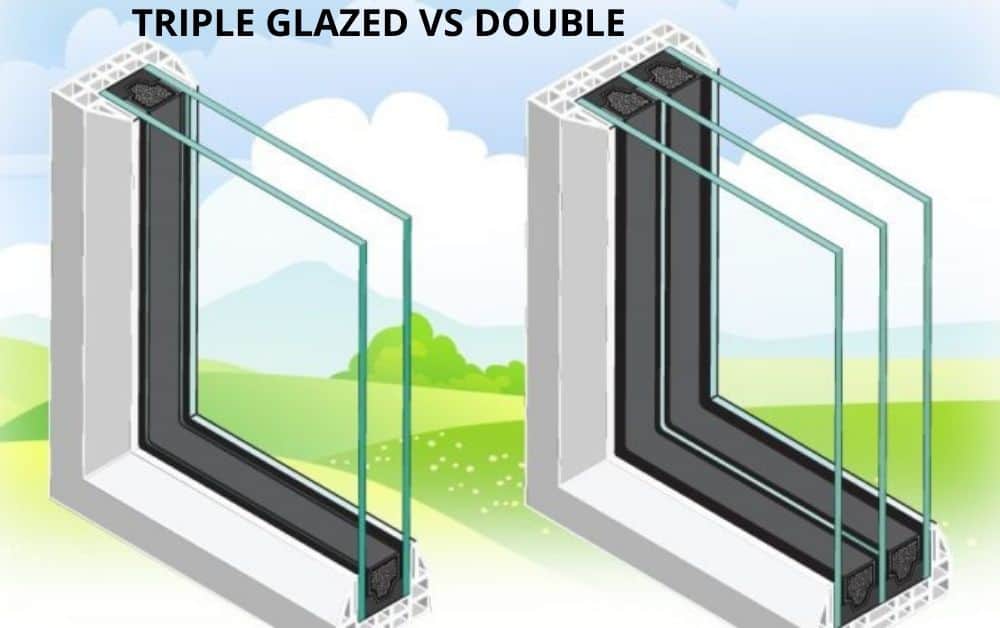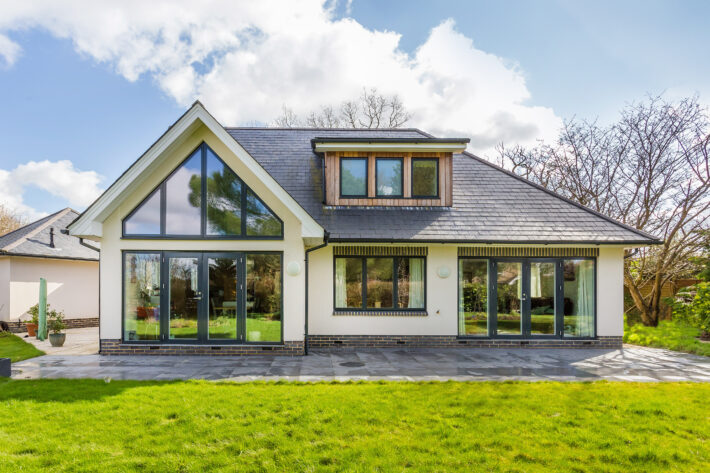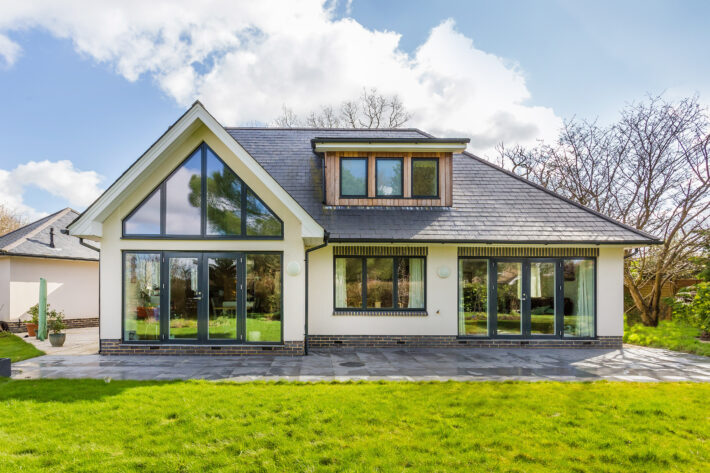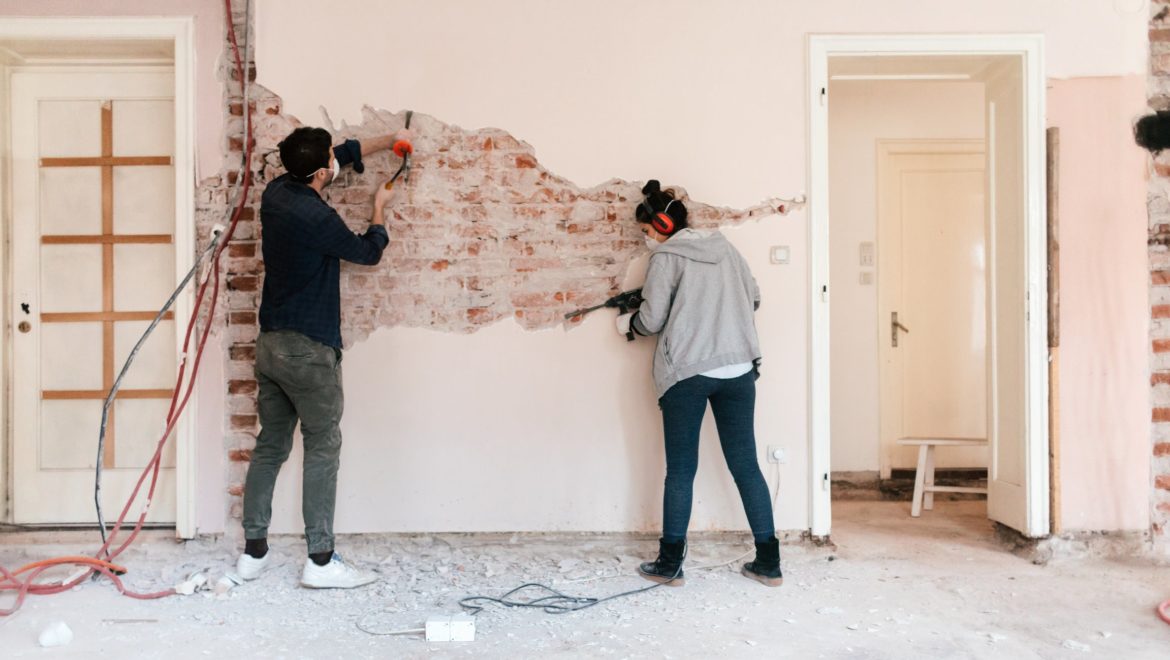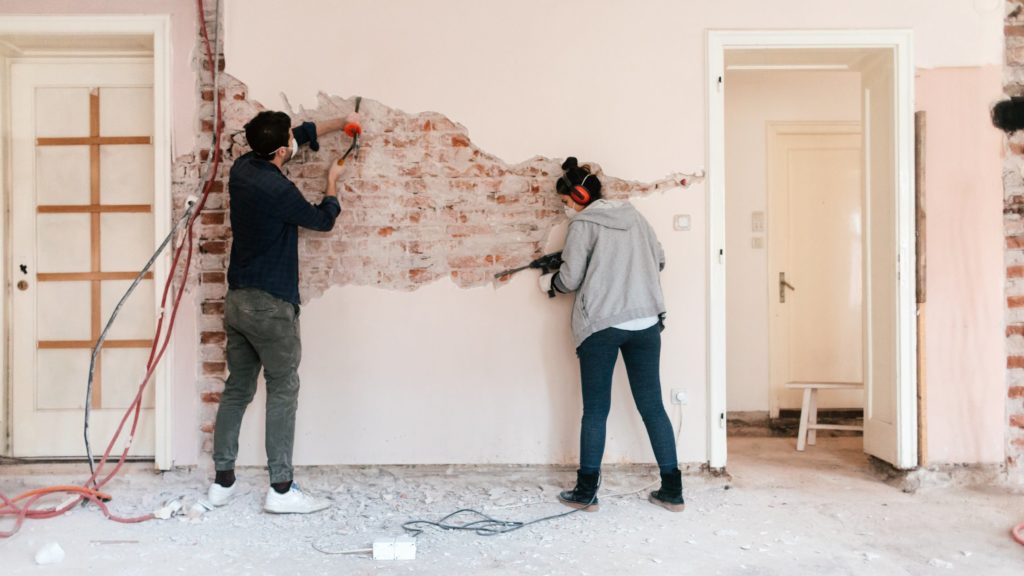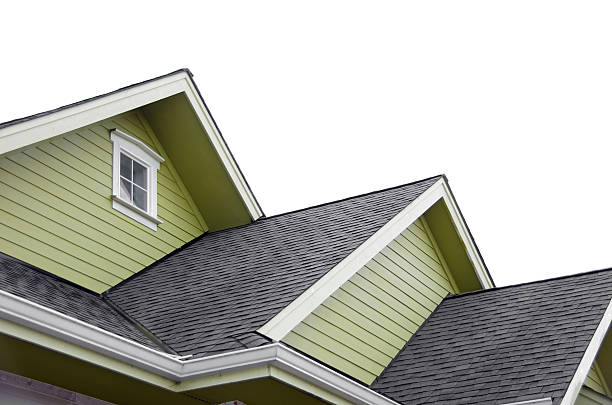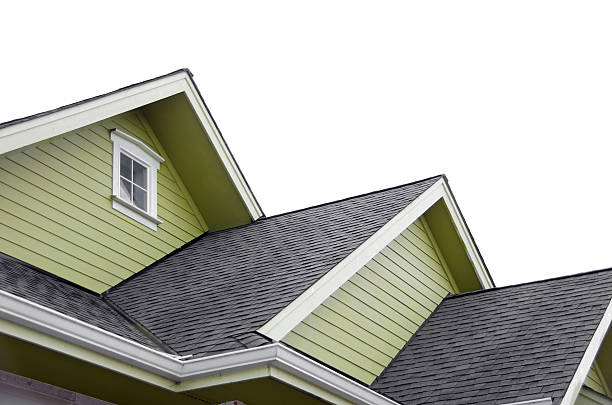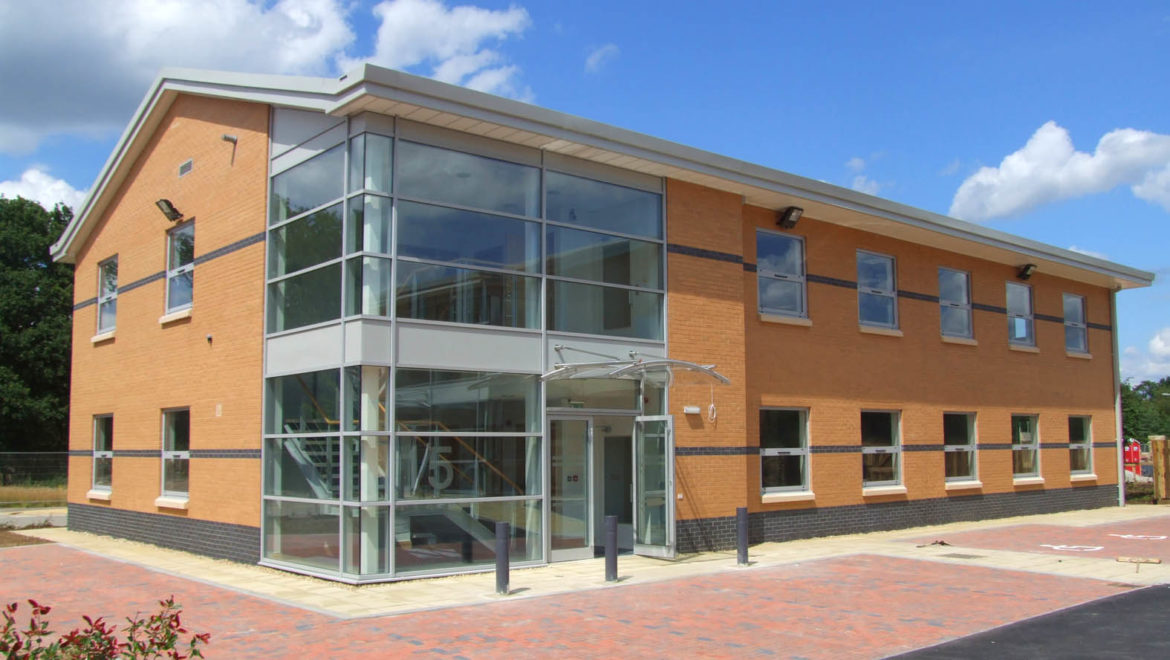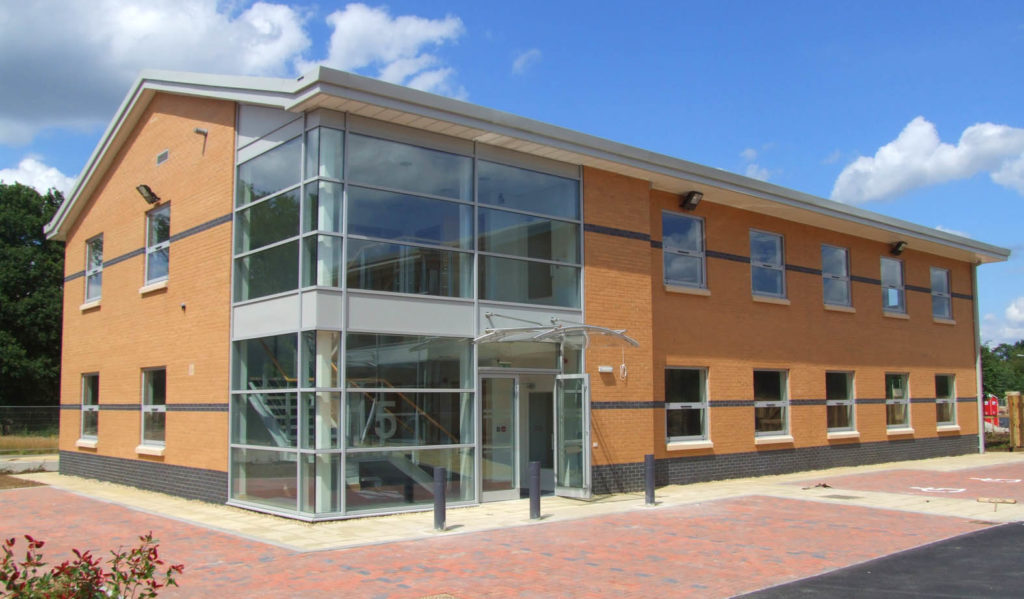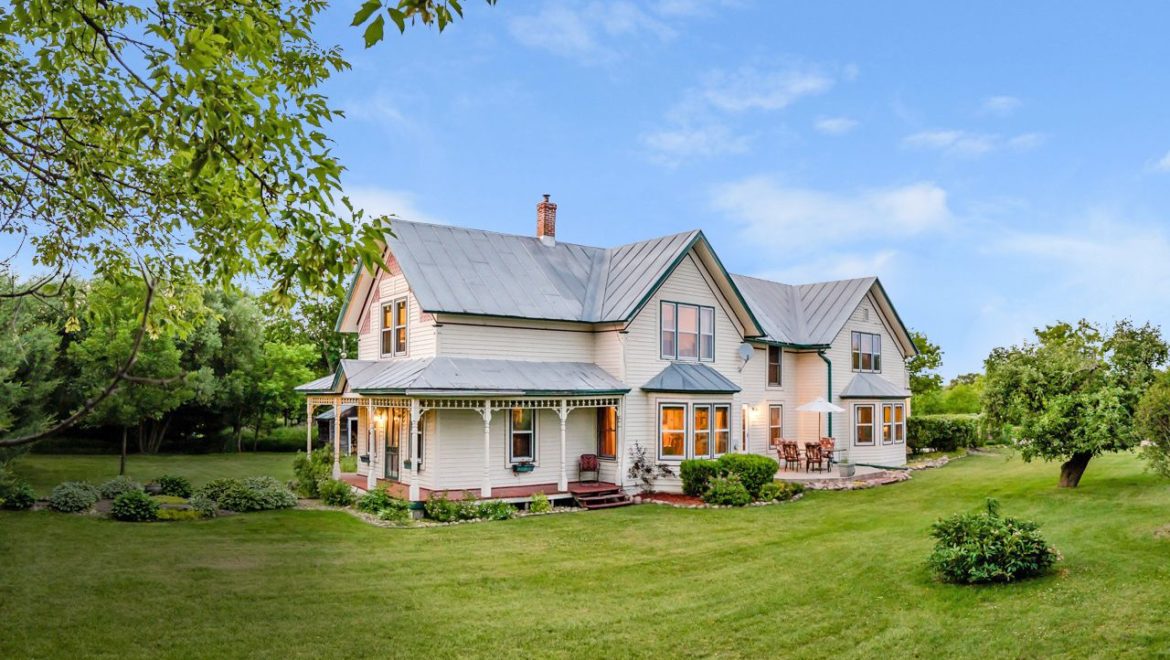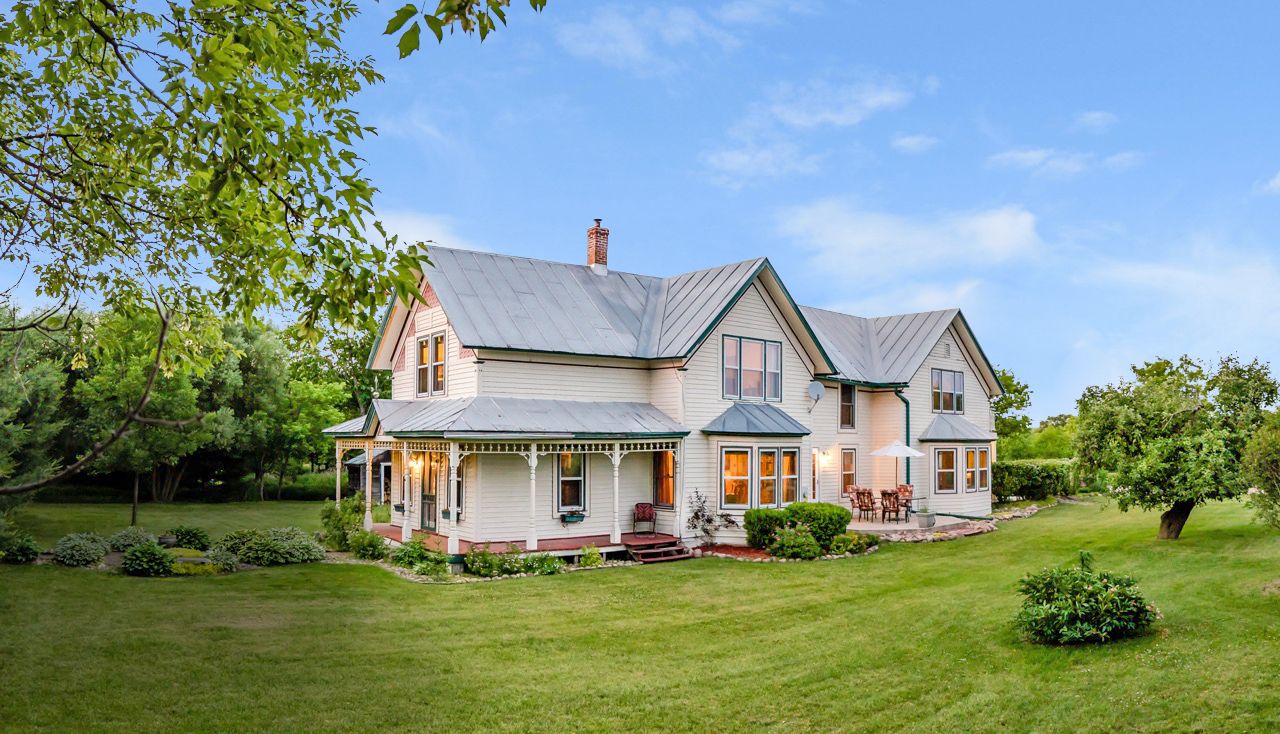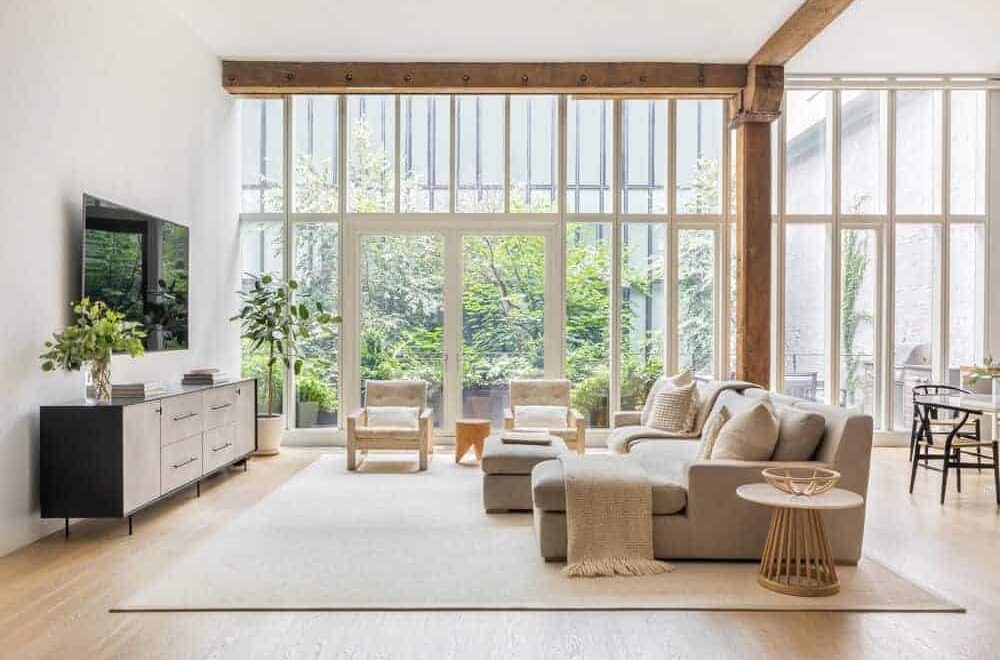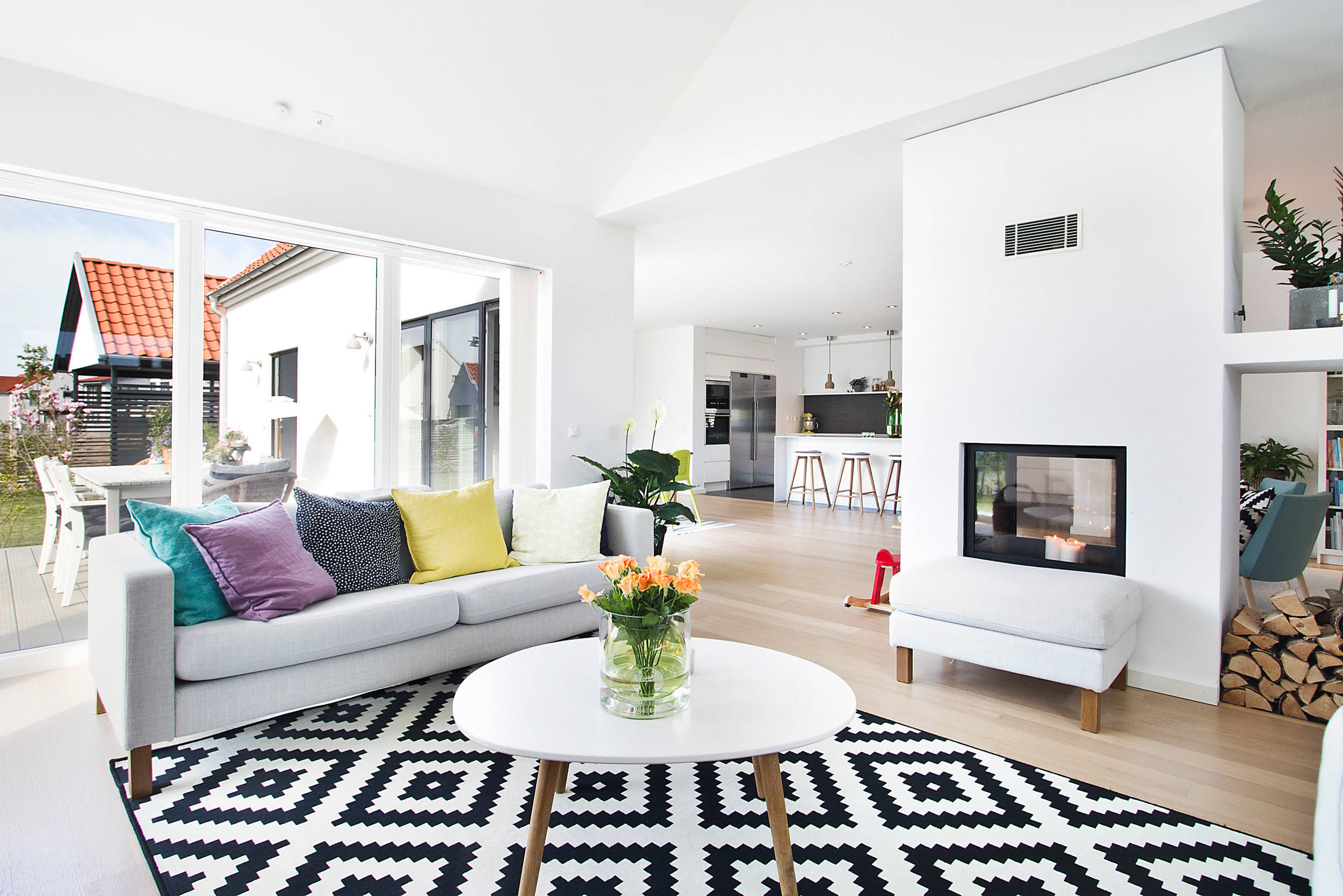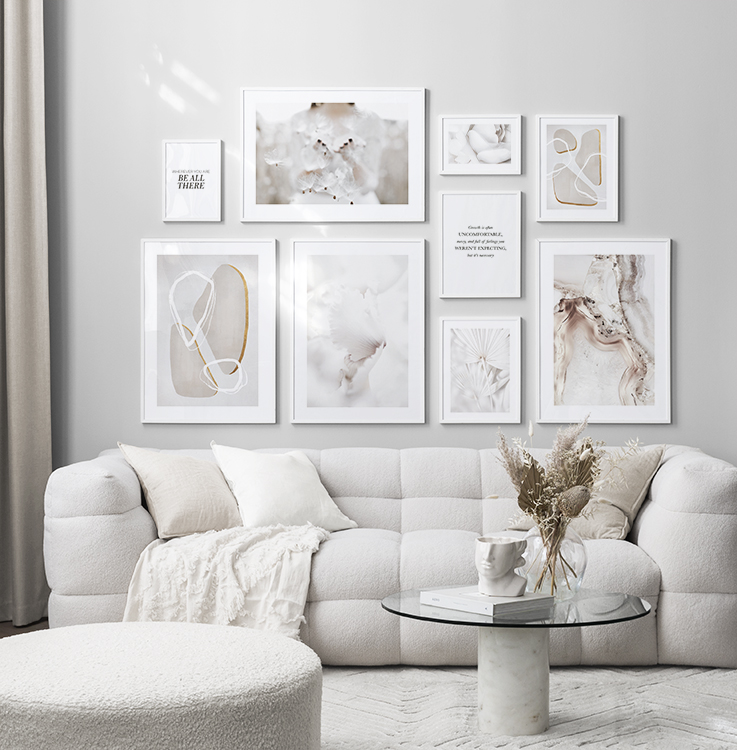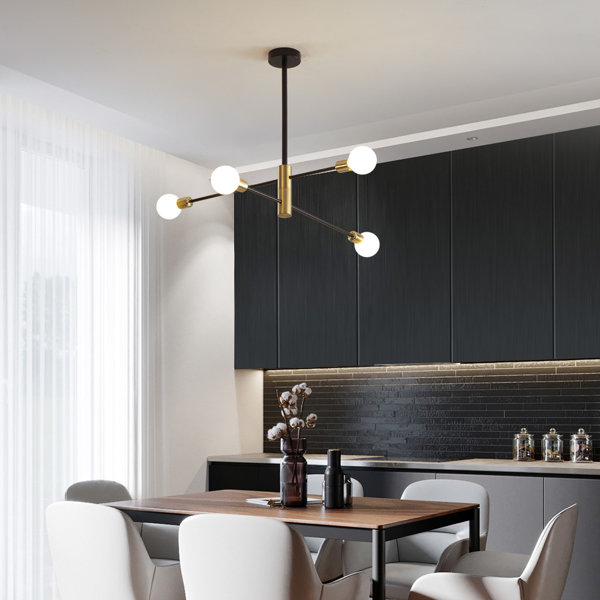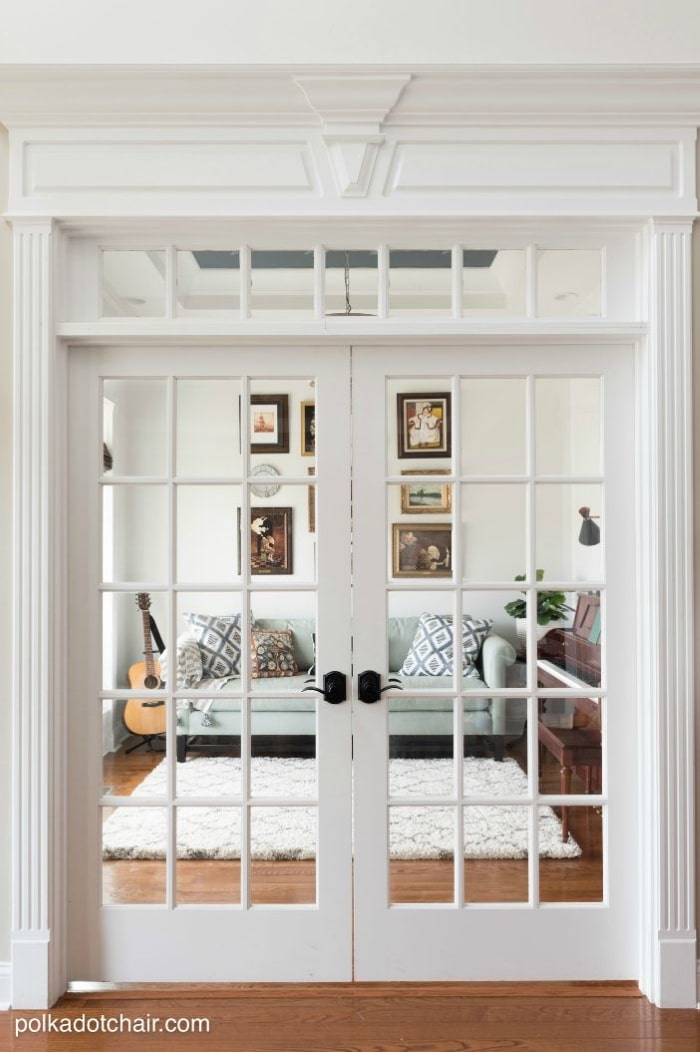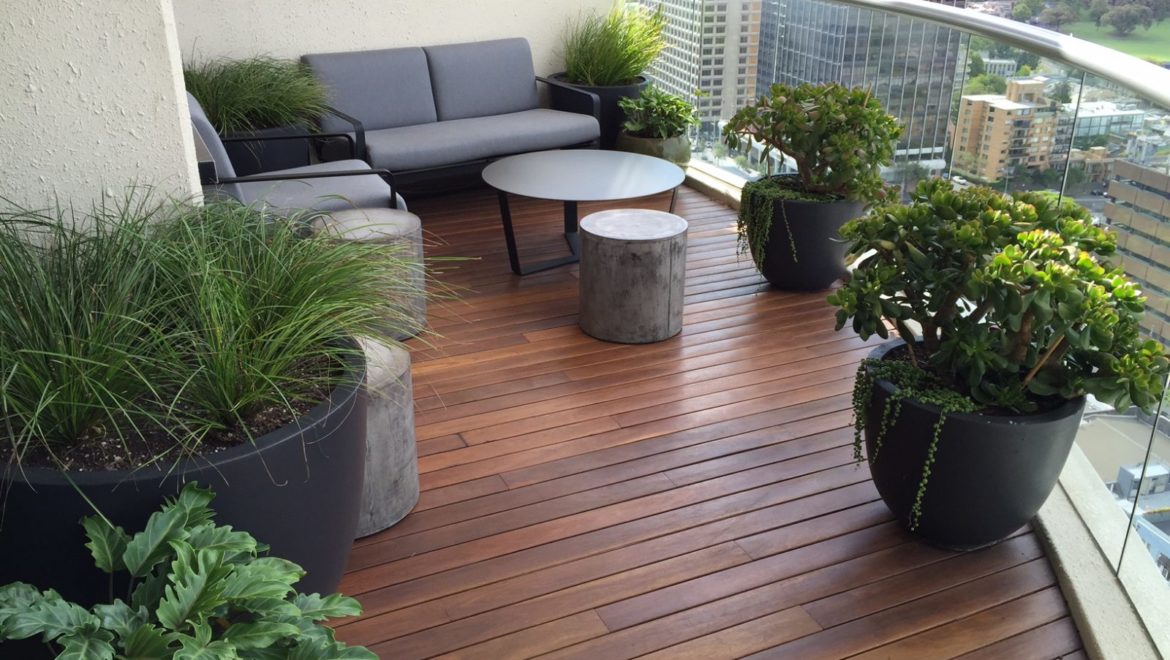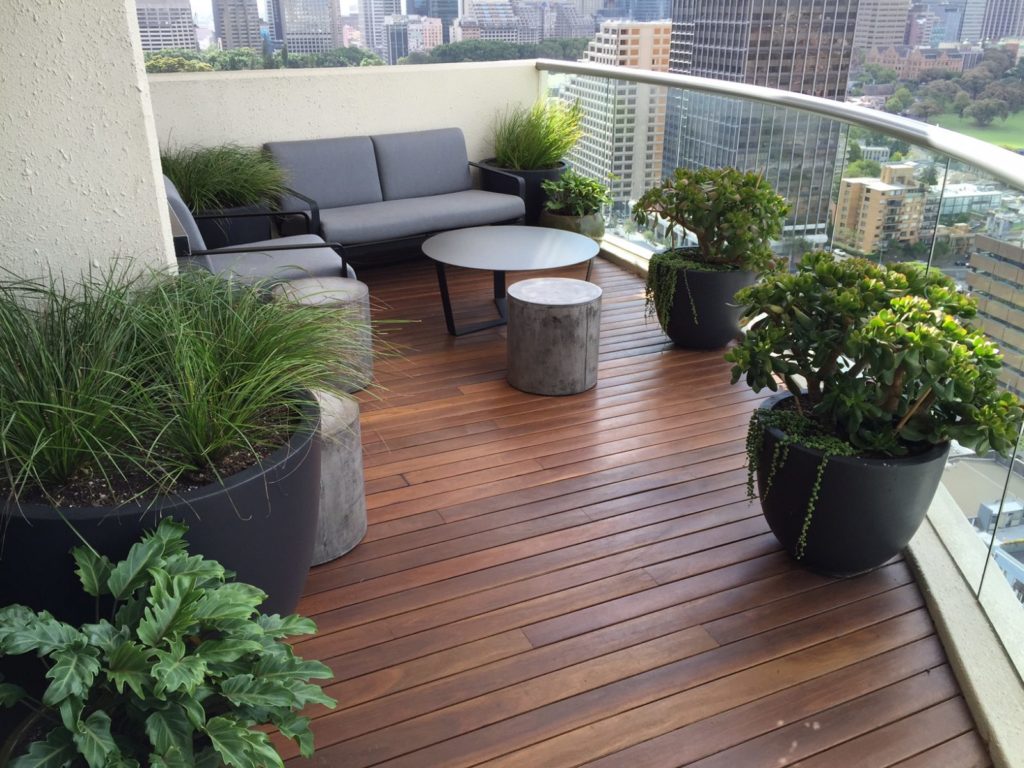How much does it cost to build flats in 2022
Building a new block of flats can be a brilliant investment. However, a build of this size requires great project management and a team of people who are capable of bringing the construction to life.
What is the difference between a flat and an apartment?
A flat is an individual residence with a set of rooms, typically on one floor and within a larger building containing a number of residences. Whereas, an apartment is a room or suite of rooms designed as a residence. And is generally located in a building occupied by more than one household. However, some people call apartments and flats the same thing, because they are very similar.
How to design flats –
Because creating a block of flats is a really big project it is best that you hire a really good and well-trained architect to help design the place. Often flats can feel small because everything is on one floor, so one thing the architect can do is to make the space feel larger.
A good way to make the space feel larger is by adding plenty of windows into the design. By doing this it creates more light coming into the rooms, and it can also feel like you are bringing the outside in.
Another way of doing this is by choosing the colour and pattern scheme wisely. Designing with lighter colours also brightens up the place, and makes the space feel larger.
The architect and also make some built-ins, having built-in appliances and storage can save the resident’s space.
How much does it cost to build a block of flats?
Firstly, the price of the land and whether or not you need to demolish an existing structure before building will play a leading role. Although, on average the typical cost to build a flat will range between £1,800 – £3,000 per m2. When it comes to the land and demolition you shouldn’t be surprised when the prices get more expensive. They range between £6,000 – £12,000.
When you are trying to price up your job you should always remember to budget for extras. For example, the cost for finishings, architect, contractor fees, landscaping, decorating and, furnishings.
